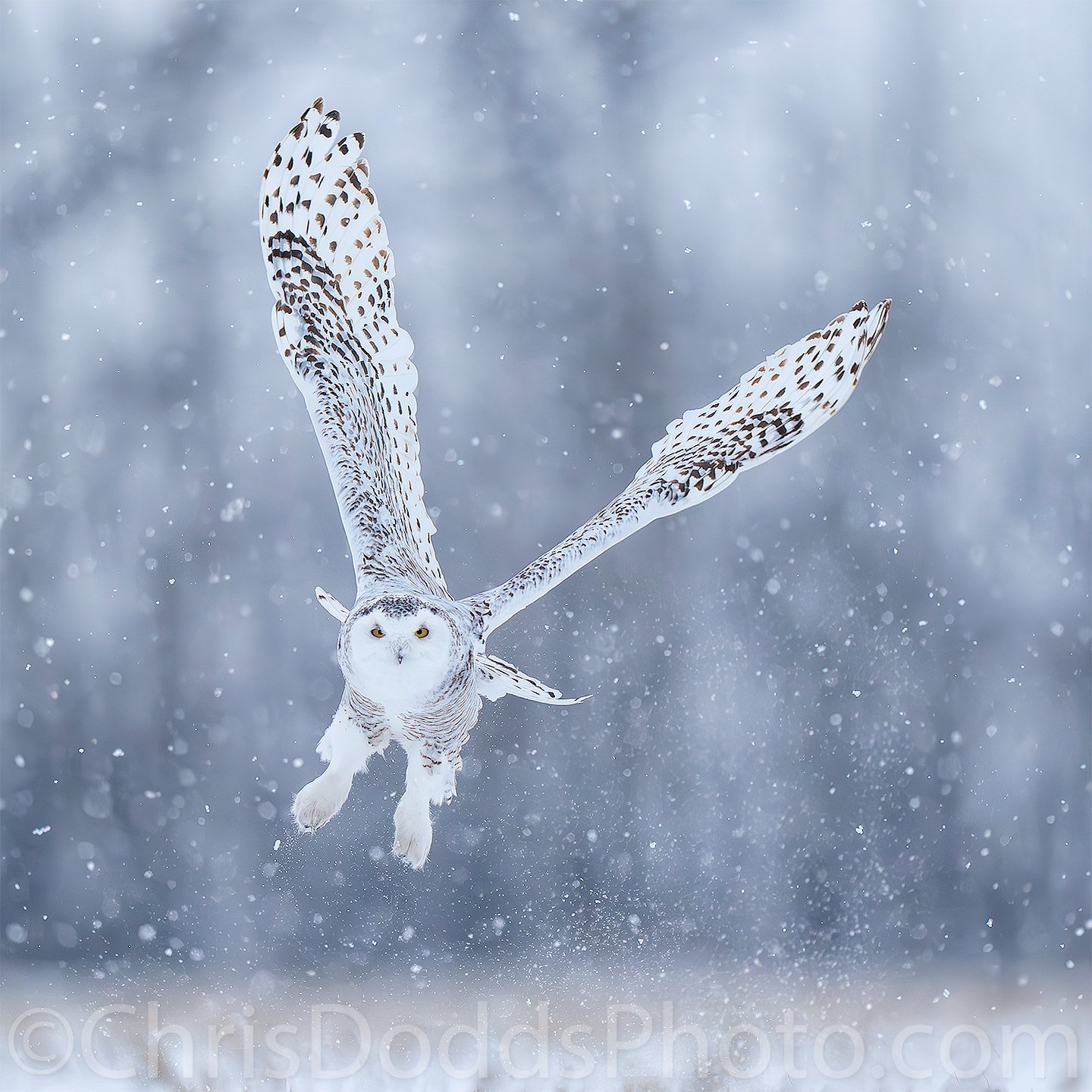The Enchanting Snowy Owl: A Symbol of Arctic Majesty

The snowy owl, also known as Bubo scandiacus, stands as a mesmerizing icon of the Arctic regions, captivating observers with its stunning white plumage and unique characteristics. This magnificent bird of prey, native to the Arctic tundra, embodies both beauty and resilience in its harsh, snowy habitat.

The snowy owl’s distinctive appearance is characterized by its pristine white feathers, which serves as an effective camouflage against the snow-covered landscapes of the Arctic. The male snowy owl is often distinguished by its pure white plumage, while the female features a mix of white and dark barring that provides additional camouflage during nesting.

One of the most iconic features of the snowy owl is its large, piercing yellow eyes. These keen eyesight adaptations are crucial for spotting prey in the vast expanses of the Arctic, allowing the snowy owl to hunt with remarkable precision. Known for their patience, snowy owls perch atop mounds or on the ground, scanning their surroundings for potential meals such as lemmings and other small mammals.

In terms of size, snowy owls are among the largest owl species globally. Their wingspan can reach up to five feet, aiding in their ability to glide silently through the air as they hunt. Despite their large size, snowy owls are highly agile and adept in flight, making them formidable hunters in their icy domain.

The snowy owl’s breeding habits are intricately tied to the Arctic’s seasonal changes. These owls typically breed during the summer months when the Arctic experiences continuous daylight, allowing them to make the most of the extended hunting opportunities. Female snowy owls create nests on the ground using moss, feathers, and other materials, providing a secure environment for their eggs.

While the snowy owl is famous for its resilience and adaptability to the harsh Arctic conditions, it also faces various challenges. Climate change, habitat degradation, and human disturbance pose threats to this majestic species. Conservation efforts are crucial to ensure the continued survival of the snowy owl and the preservation of its unique role in the Arctic ecosystem.
In conclusion, the snowy owl stands as a symbol of Arctic majesty, embodying grace, beauty, and adaptability in one of the world’s most extreme environments. As a fascinating creature with a crucial role in the delicate balance of the Arctic ecosystem, the snowy owl warrants our admiration and conservation efforts to protect its continued existence in the wild.



